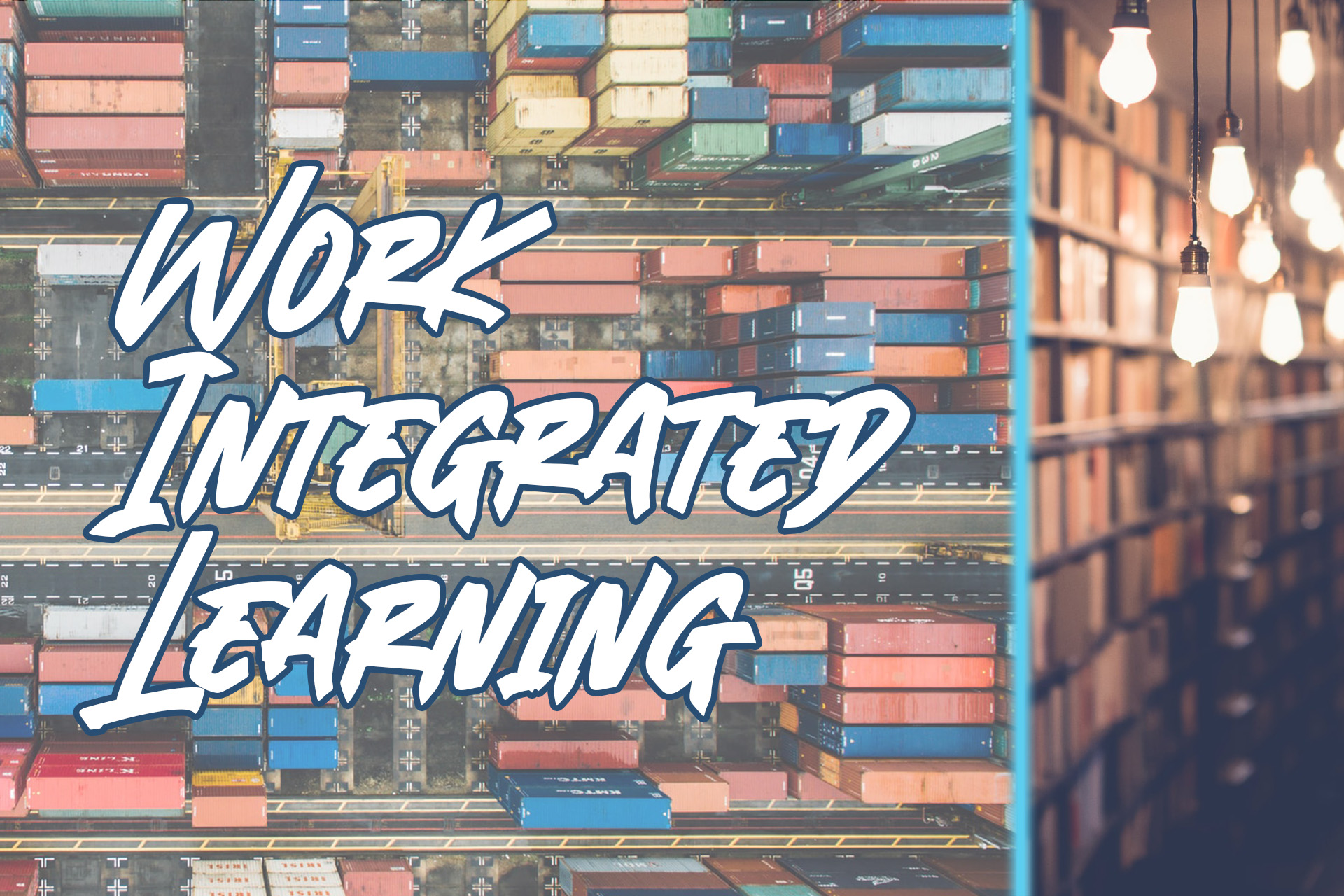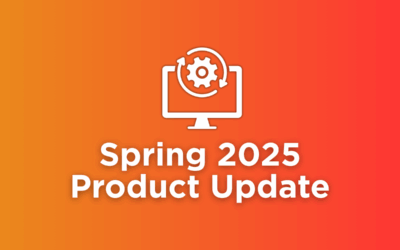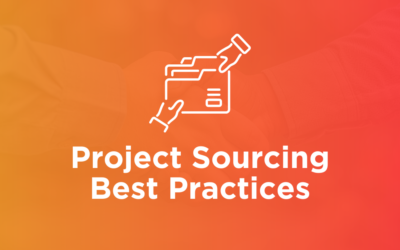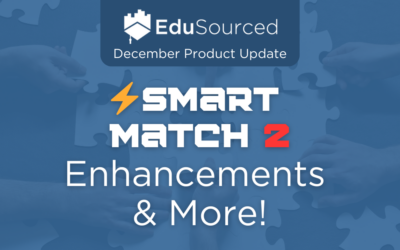Work Integrated Learning (WIL) is the application of classroom and theory-based learning onto real-world, workplace-based scenarios or projects. WIL is embedded in the school curriculum and has learning goals (as opposed to an unstructured internship) and goes by many names: industry-based experiential learning, practicum, capstone, service-learning and real-world learning. These terms mean slightly different things but are often used interchangeably. The goal, however, is consistent: career readiness for college and university students.
Team-based employer projects
At EduSourced, we believe the most impactful form of Work Integrated Learning is the team project. Students working in teams of 4-6, with faculty supervision, on a challenge defined by an employer. Team projects have the obvious benefit of providing invaluable teamwork experience but also can be operationally scaled more easily than many other forms of WIL and even if project sourcing is a constraint, a single employer project can be duplicated across many teams.
Beyond teaching
Much of the writing on this subject, such as Work Integrated Learning (WIL) Integrating Frameworks for Education and Practice (Jeong, McMillan 2015) and Curriculum and Pedagogic Bases for Effectively Integrating Practice-based Experiences (Billett, 2011), deal with pedagogy and not the underlying operational needs for a school to run work integrated or otherwise experiential learning at scale. Take for example, the following quote:
Quite deliberately, we avoided approaches or strategies that would require significant infrastructure or resources, as these were unlikely to be supported, or be sustainable in the long term. Instead, we wanted to focus upon where we believed a difference could be made; that is, by informing busy academics how best they might design and enact experiences for their students that both utilize and integrate what they had encountered and learnt through their practice-based experiences.
Billett, 2011
Teaching Work Integrated Learning while handling the operational side of recruiting the employer projects and maintaining current project sponsor relationships is a tremendous task unless done at a small scale. The assumption by Billett that institutional support would be unavailable seems to ignore the value of WIL beyond student learning. The W in WIL represents employers and employers are, of course, tremendously important to colleges and universities. It is hard to imagine other employer-facing efforts like career offices and employer relations not having dedicated support staff and infrastructure, so why should faculty be expected to do everything on their own?
Opportunity: the next generation of Work Integrated Learning
A common complaint we hear from faculty is that teaching this model while recruiting the employer projects and maintaining current project sponsor relationships is a burden and very often it is the limiting factor on growing a program. It turns out that colleges and universities are responding to this with infrastructure and support. From 2019 to 2022, the number of schools with a formal director or office of experiential learning increased from 28% to 48% (EduSourced Experiential Learning Trend Report, 2022). We believe that supported Work Integrated Learning is the next generation of this model. By linking faculty with more employers and by linking faculty across departments, multidisciplinary and larger scale (and a larger volume) WIL projects can be made available to students.
This growth of institutional support for WIL is an opportunity. While WIL has married the curriculum with employer and real-world needs, an established office overseeing and supporting these activities mean richer career opportunities through better recruitment and student engagement opportunities for employers.
The EduSourced software platform is designed to address these operational challenges of Work Integrated Learning and make the most of these employer-to-student touchpoints. We have found the following features to be especially important for WIL at scale and also multidisciplinary WIL programs:
Managing project intake and employers across an entire college that may include many siloed work integrated learning courses for a seamless employer experience
- Connecting students from across disciplines for multidisciplinary projects
- Streamlining student to project matching, one of the most time intensive parts of teaching a large-scale WIL course
- Secure team-to-project client communication with faculty oversight
- Alerts when something goes wrong: with so many stakeholders in a WIL program, real-time insights on project and team success are key
- Automatically building a record of all past projects and deliverables
- Maintaining privacy for a sustainable WIL program: schools’ EduSourced records are owned by the host school, not shared out to other institutions
Work Integrated Learning varies so much from school to school within the same universitiy, let alone across universities so we custom implement EduSourced with every school that uses our platform. To schedule a consultation call to discuss experiential or Work Integrated Learning in your school and EduSourced, click here.




